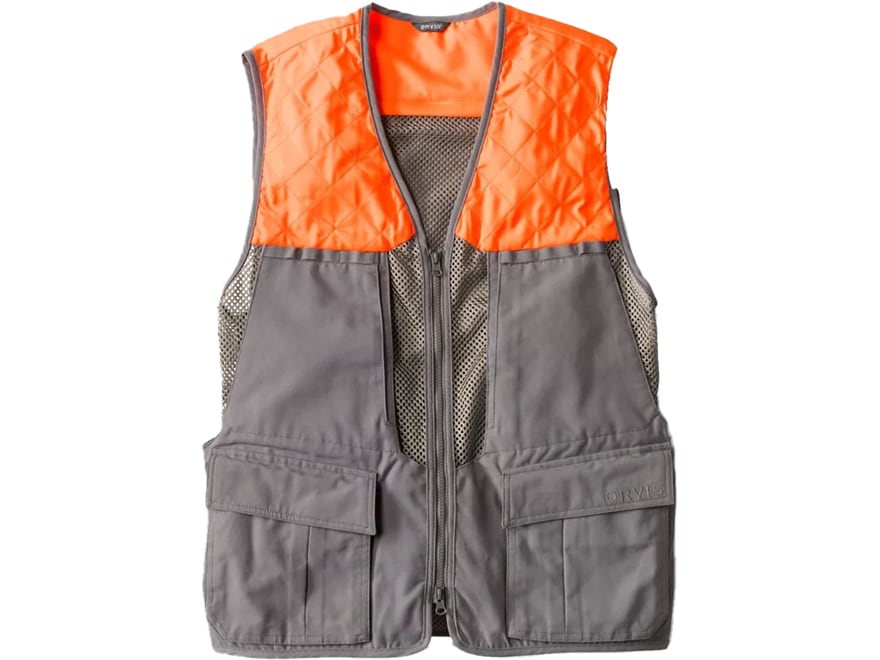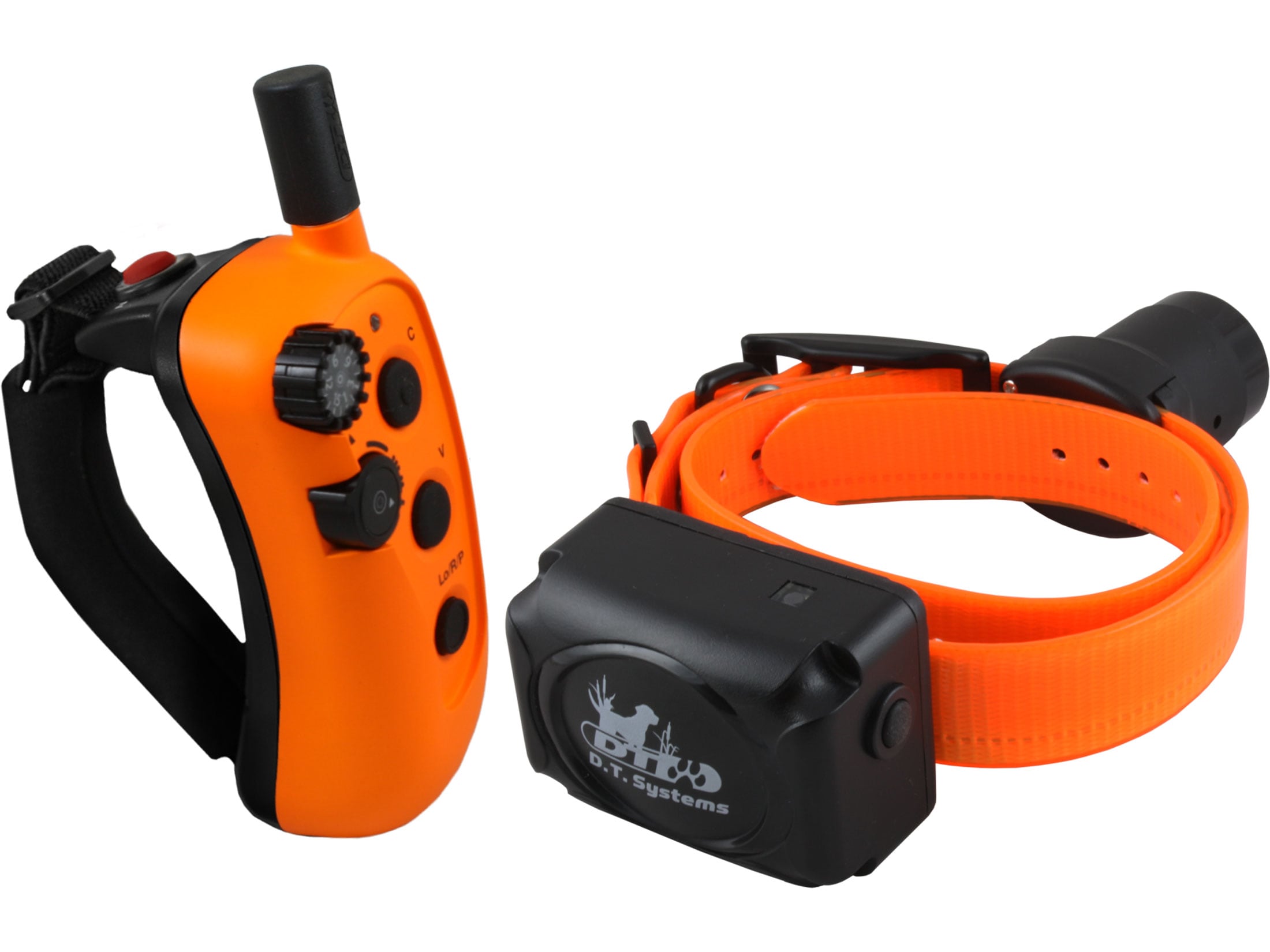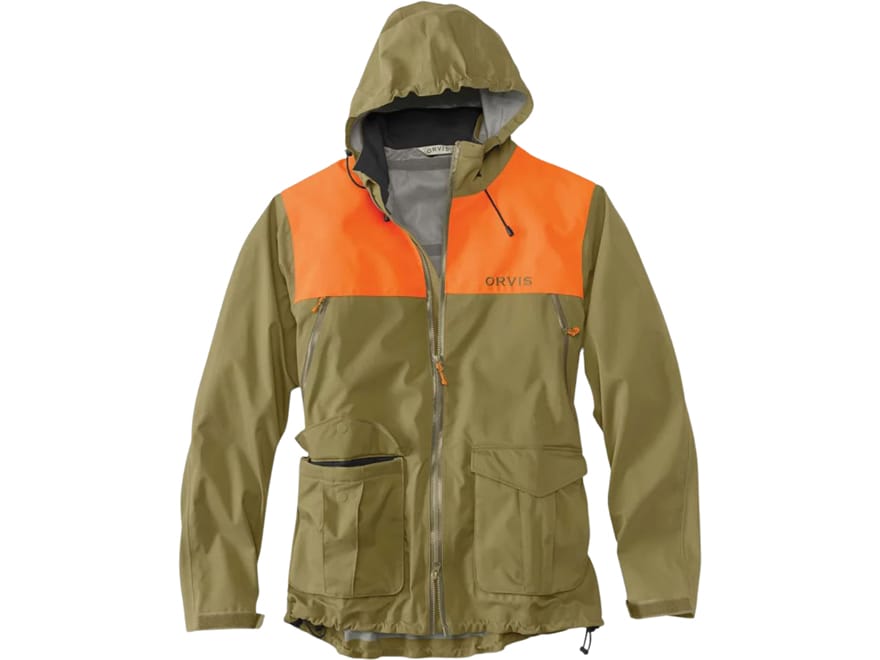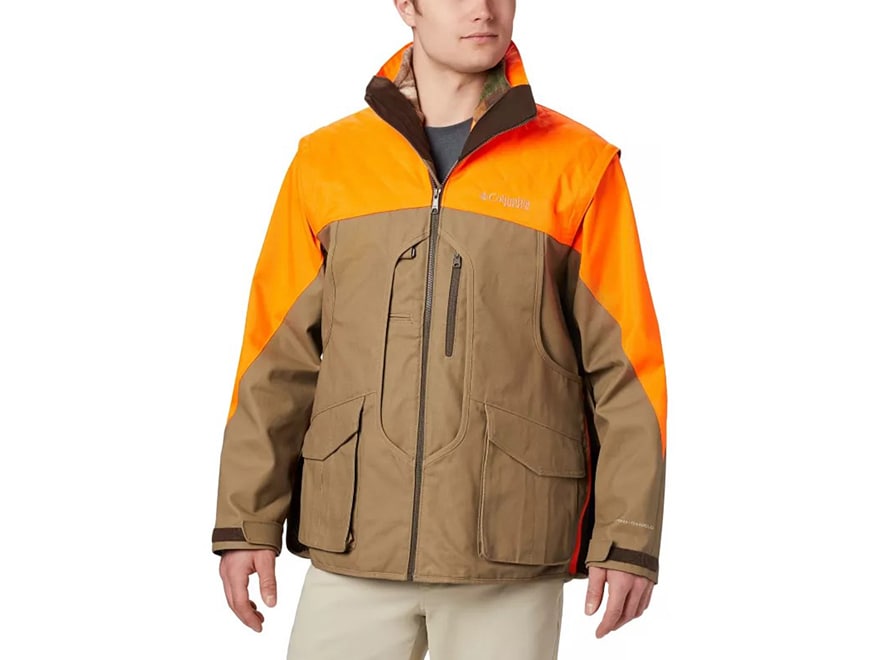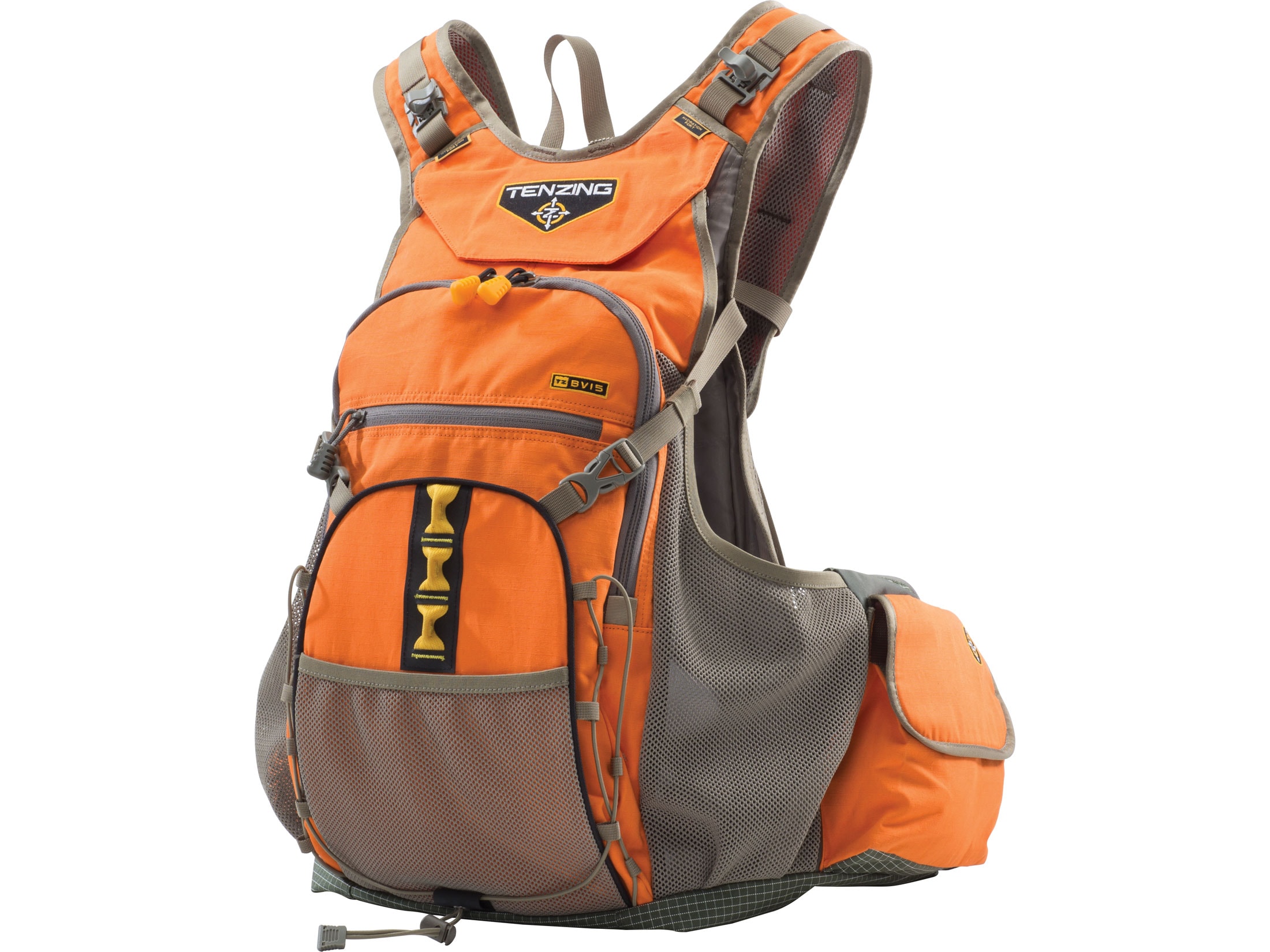More than once I’ve been told I have a face for radio. So, apologies to all of you who watch my dog training videos here and my TV show, Wingshooting USA. But seriously, did you know your face can help your hunting dog find more birds?

This was first pointed out by a hunt test judge – thanks Phil – and it makes a lot of sense. Put yourself in your bird dog’s place – he wants direction and assurance out there. And he usually gets that from you. But in the field, you’re virtually invisible. Drab surroundings, vision obscured by brush, can’t see blaze orange, you’re in the distance anyway. All he can do is search for something, anything, that looks semi-human … I know I fit that description!
But then, like a beacon in the fog guiding lost sailors home, he spots the most visible part of you, your face. It’s the brightest thing in the field and unmistakably human. So why not use it to your advantage?

Movie-star stunning or pug-ugly, any self-respecting wingshooter can use their face strategically. If you want a dog to go right, turn in that direction. Craft a windshield wiper pattern by making sharp turns with your whole body. You can’t get a dog to move to the front by turning and yelling at him (“Hey, there’s Master’s face – I must be in the right spot”). Instead, stand still and face the direction you want to go. Get a dog to search for a down bird, or put extra effort on that cattail patch, by directing your focus, laser-like, on the birdy spot. Eventually, your dog will realize he can’t see your shining face and move until he can.
Yeah, I don’t care what your spouse thinks. To your dog, your face may be the best thing he sees all day, especially if it means more birds.

Now, slow down.
Once your dog’s moving to your front, you could both be a little more thorough in your search. I don’t want my guy missing stealthy grouse because he ran out of their scent cone, exhaling for the instant he passed through it instead of getting a nose-full of that heady aroma of feathers. That’s what happens on so many block-and-drive hunts in the Dakotas … we’re simply moving too fast and so are the dogs. But haste and an unfortunate set of circumstances can vex hunters and dogs chasing any species – lack of breeze, dry conditions, wrong place/wrong time, all affect a dog’s ability to scent and locate birds.
But there’s a way to hedge your bets, and your tired feet may appreciate it as much as your dog does.
Most times, dogs will mimic their handler’s pace. So why not tighten your pattern, slow down, even stand still every once in a while? That way, your dog isn’t constantly racing to stay ahead of you. And there’s no rule against doubling back and checking a spot twice. It paid off for me in Montana last season on sharptails that looped out of our path, then snuck in behind us … until we did an about-face and came back at ‘em.

Sometimes bird hunting success is the polar opposite of a track meet; when we hunt, the gun signals the end of a long, deliberate race where the slowest guy often wins.
--Scott Linden

